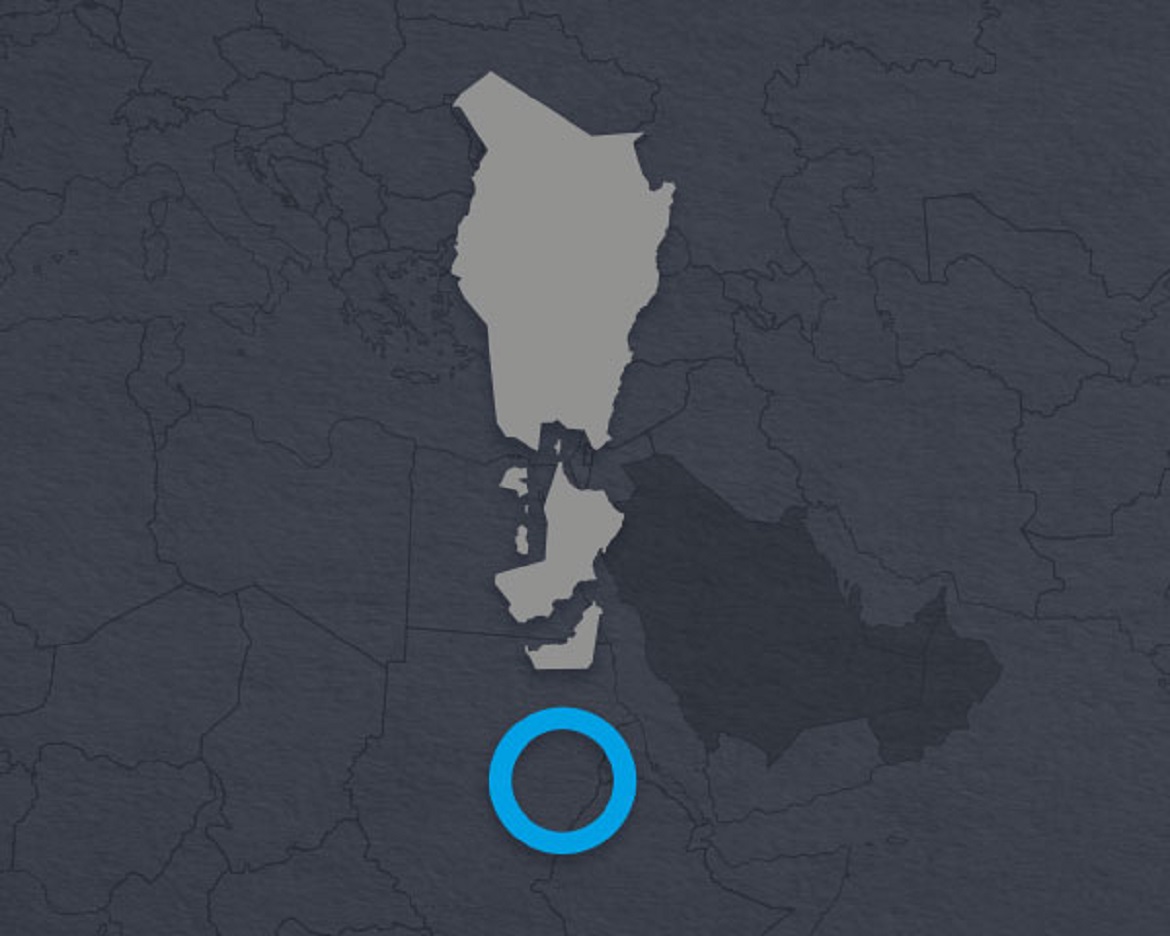Diabetes is becoming a growing health and economic burden in the Gulf countries, and more needs to be done to address the issue, according to Diabetes in the Gulf: The policy challenge, a white paper published by The Economist Intelligence Unit (EIU) and sponsored by Janssen.
The populations of the Gulf countries are suffering high rates of diabetes as risk factors such as being overweight or obese are becoming more prevalent. For example, the prevalence of the disease in Kuwait rose from 7% in 2000 to 17.8% in 2013, according to the International Diabetes Federation (IDF). Now, in Saudi Arabia, 23.9% of the population is affected by the disease; in Kuwait, 23.1%; and in Qatar, 19.8%. The global average figure is far lower, at 8.3%.
Meanwhile, the economic burden of diabetes in the Gulf region is high and rising. In the wider Middle East and North Africa region US$16.8bn was spent on diabetes care in 2014, according to estimates from the IDF, and this looks set to rise to US$24.7bn by 2035. The direct costs of providing treatment for diabetes could rise even more dramatically in some parts of the Gulf region, for example in Abu Dhabi, where it may rise fourfold by 2030.
Lack of coherent policy approach
Policymakers are responding to the growing diabetes burden, but the response has not been consistent throughout the Gulf region. Some countries are implementing the World Health Organisation’s so-called “best buys”, such as reducing salt intake in food, raising taxes on tobacco and alcohol or promoting public awareness of diet and physical activity. Meanwhile, others have established wider healthcare strategies to tackle diabetes or launched initiatives to target specific aspects of disease management or prevention, including screening for example. Opportunities for better coordination and cooperation in the region exist; action that is successful in one country can often be implemented in another.
However, the overall response has been largely insufficient. For example, investment levels in healthcare in the countries of the region ranged from just 2.2% to 4.9% of GDP in 2012, well below the OECD average of 8.9%. However, it is not just how much money is spent on dealing with diabetes, but how it is spent that can make a huge difference. One area that experts interviewed for our report say is in need of investment is primary healthcare, including building robust primary-care workforces and infrastructure.
Five key areas for action on diabetes in the Gulf
Our report highlights that policymakers have a number of opportunities to help combat the disease, including:
- further improvements to primary healthcare;
- the introduction of wider screening initiatives;
- a cross-governmental approach that includes the input of various different ministries;
- tough, new regulation of food and beverages, including taxes on fizzy drinks; and
- the engagement of the wider community in the battle against diabetes—first and foremost with religious leaders in the region.
Read the full EIU report: Diabetes in the Gulf: The policy challenge
The views and opinions expressed in this article are those of the authors and do not necessarily reflect the views of The Economist Intelligence Unit Limited (EIU) or any other member of The Economist Group. The Economist Group (including the EIU) cannot accept any responsibility or liability for reliance by any person on this article or any of the information, opinions or conclusions set out in the article.




